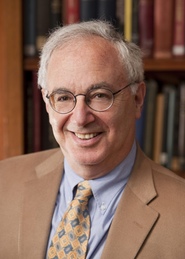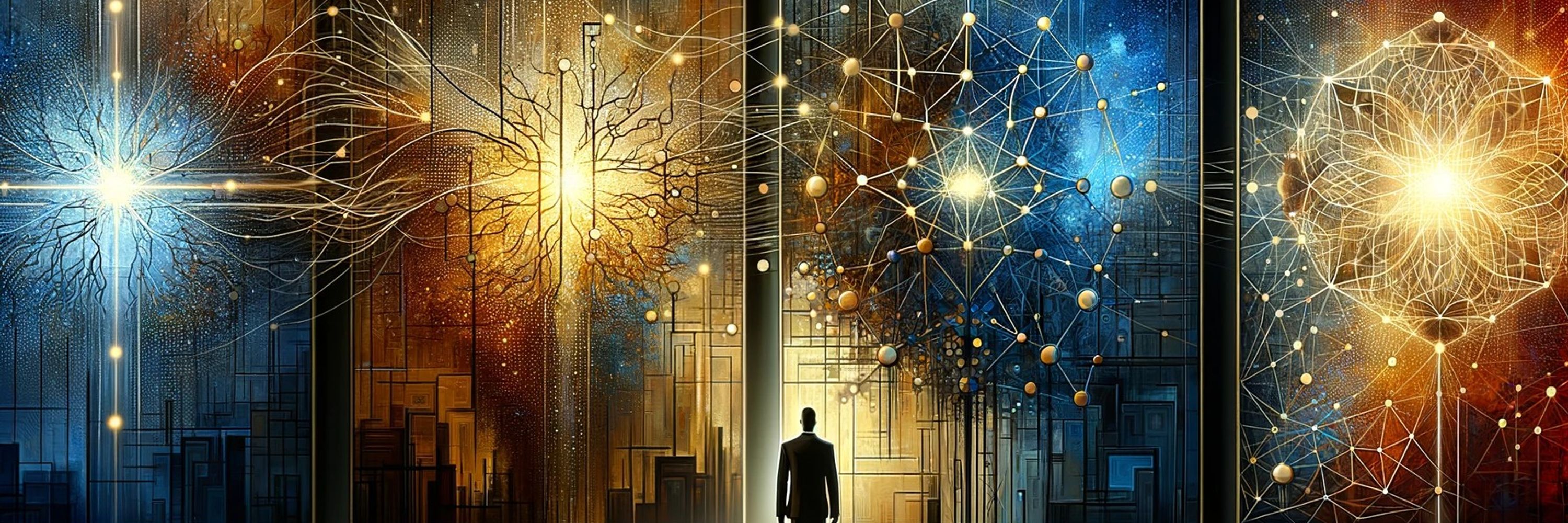The Politics of Unreason

What Ackerman Saw, And Why It’s All Happening Now
In 2005, Bruce Ackerman tried to warn us. Not with hysteria. Not with headlines. With structure. What he saw was a rising force—not a fringe group or conspiracy cult—but a consequence. Of exclusion. Of design failure. Of a system that mistook management for governance, and abandoned meaning at the altar of efficiency. Nearly twenty years later, the storm he forecasted is no longer brewing. It's here.
I. The Forgotten Frame
In The Politics of Unreason, Ackerman and Jennifer Nou picked up the intellectual baton passed by Seymour Martin Lipset and the original 1970 study on right-wing extremism in America. They weren’t writing about fascism as it existed in Europe. They were mapping how populist radicalism takes root in liberal democracies, not as a betrayal of the system, but as its outgrowth.

"...sees the American presidency transformed into a potentially dangerous vehicle for political extremism and lawlessness."
At the core of Ackerman’s analysis was a terrifyingly simple insight: when people are economically displaced, culturally humiliated, and politically voiceless, they do not vanish. They do not moderate. They do not wait for recognition. They radicalize. But the radicalism isn’t born from ignorance. It’s born from structural exclusion.
And that’s the part most elites still refuse to face.
II. The Substructure of Unreason
Unreason is not a glitch. It’s the shadow of a system that stopped including the people it governs.

Ackerman did not define "unreason" as simply anti-intellectualism or irrational belief. He framed it as the political consequence of sustained disempowerment. When institutions become inaccessible—when courts, legislatures, media, and markets speak a language foreign to lived reality—then myth, conspiracy, and emotional tribalism begin to function as substitutes for participation.
This is not stupidity. It's an adaptive response. People are not irrational. They are responding rationally to a system that no longer reflects their interests, their identity, or their future.
From this foundation, Ackerman forecasted the rise of three core phenomena:
- The Paranoid Style Reborn: Where disinformation is not persuasive because it’s true, but because it feels more real than the official narrative.
- Cultural Retrenchment: Where identity becomes the last form of power available to those shut out from the material rewards of progress.
- Crisis Mobilization: Where external threats (real or manufactured) are used to rally fragmented groups into cohesive, emotionalized movements.
Sound familiar?
III. From Theory to Theatre
Fast forward to now.
North America is not in a political debate. It's in a legitimacy crisis. Across both Canada and the United States, traditional institutions have hemorrhaged public trust. Governments that once promised inclusion now deliver inertia. Markets that once created mobility now generate monopolies. Culture that once reflected common stories now fractures along algorithmic lines.
Ackerman’s blueprint reads like prophecy.
The rise of Trump wasn’t an anomaly, it was an inevitability. The trucker protests in Canada were not fringe, they were the first real rupture of a middle class that realized its security was gone. The virality of “Great Reset” conspiracy theory wasn’t because of its content, it was because people intuitively feel they are being reorganized by forces they can’t see, and didn’t vote for.
Ackerman told us: if voice is removed, force will rise. If inclusion dies, identity will fight in its place.
And that’s exactly what happened.
IV. The Structure That Failed
What makes Ackerman’s work piercing now is not his critique of extremism, but his critique of the centre. The liberal managerial state—technocratic, procedural, data-driven—gradually lost the ability to generate meaning. It could administer, but not inspire. It could stabilize markets, but not build culture. It became expert at performance, and bankrupt in belonging.
In Canada, this means institutions are now seen as clubs for insiders. In America, it means the Constitution is revered but ignored. In both, it means the people outside the corridors of power stopped waiting to be invited back in, and started lighting torches.
You can’t fight unreason with facts, especially when people no longer recognize the fact-givers as legitimate.
That’s what the rationalists still don’t get. That’s what Ackerman saw.
We need inspiration.
We have to demand it.
V. What the World Feels Like Now
From the Netherlands to New Delhi, São Paulo to Saskatchewan, the same pattern emerges. The rational political centre has become a theatre. Institutions don’t act, they perform. And into that void steps the archetype Ackerman described: the charismatic outsider, fuelled by grievance, armed with simplified truth, legitimized by the system’s failures.
He does not win because he lies better.
He wins because the system forgot how to tell the truth.
Because the truth now sounds conspiratorial. And the official line sounds insane.
Because when housing is unaffordable, education is irrelevant, work is precarious, and institutions seem to serve only themselves, "paranoia" becomes common sense.
VI. Rebuilding Architecture
This is not a call for moderation. This is not a plea for fact-checking or better Facebook policies. That war is already lost.
What Ackerman leaves us with is a far deeper mandate: if we want to deconstruct the politics of unreason, we have to reconstruct political belonging.
You cannot cancel the radicalized. You cannot censor your way back to legitimacy. The only antidote to systemic distrust is systemic participation.
We must rebuild systems that people can see themselves in. That speak the language of their lives. That offer not just rights, but recognition. Not just services, but stake.
This means economic structures that include more than shareholders.
It means media systems that reflect lived complexity instead of moral slogans.
It means politics that rewards integration, not outrage.
And above all, it means leadership that takes responsibility for the wounds it once dismissed as hysteria.
VII. The Cost of Inaction
Ackerman gave us the blueprint. We ignored it.
Now, we no longer have the luxury of academic debate. The world is being reshaped in real-time, by movements, militias, narratives, and networks that do not believe in your system. Because your system no longer believes in them.
We are either at the edge of a rebuild, or the edge of fracture... or past it, maybe.
You want to stop the politics of unreason?
Then stop managing the fire. Start rebuilding the house.
Because when you exile people from meaning, they will find it in the fire.
Ackerman saw the fire coming. Now we’re standing in it. What will you build next?
This is what I’m working on. Tell me what you think, I enjoy the conversation! Subscribe and follow the work in real time.
Thanks!
B

They’re not irrational. They’re responding to a system that no longer sees them.
You can’t fix unreason with facts, when the facts come from a world they don’t belong to.
Rebuild architecture that includes them. Or watch the fire spread.
PS -



